|
Opinions 5 ways to maximize ROI on your CapEx investment 21 JUNE 2017 7:40 AM Avoid some common pitfalls in capital expenditure projects by following these steps. The results will be evident in your return on investment. By Alan Benjamin abenjamin@benjaminwest.com @BenjaminWestUSA As we are entering the middle of 2017, the year is shaping up to be another record for capital- expenditure spend in the hotel industry. Following five years of very strong year-over-year growth, we have seen steady increases in overall CapEx spend in furniture, fixtures and equipment and other CapEx areas. Today, the demand is created not only from the industry standard 6-, 12-, 18-year renovation cycle, but also from the proliferation of new brands flooding the industry. Existing hotels, even if in relatively “good shape” from a CapEx standpoint, must renovate to compete and maintain its market share. So even as many industry metrics are slowing down, we are seeing a decoupling of the softer industry performance numbers from the robust CapEx demand. Whether brand-driven, owner- driven, or simply product-driven, we are in an era of both increased scope and increased overall volume of renovations. With all of this in mind, here are my top five universal rules for maximizing an owner’s CapEx investment. 1. Communication Every project, whether a minor lobby renovation, a 90-room “6-star” luxury hotel, or an entire chain renovation of hundreds of properties, must have a clear vision that is communicated effectively and often to all stakeholders. Also, the owner’s rep/project manager must set |
the communication rules and style early in the process and must cover email guidelines, conference call guidelines, in-person meetings, etc.
Another key aspect in successful overall communication is to hire the interior designer and the purchasing agent at the same time. This is one of the most important steps to ensure the teams are all on the same page from day one and understand the entire history of the project. When that “project history” starts for everyone on the same day, it is a lot easier to have an efficient, focused and effective “interior solutions” team executing the owner’s goal.
2. Roles and reporting
While a subset of communication, “roles and reporting” is certainly worth its own heading. Who is responsible for approving scope changes? Schedule changes? Budget changes? Does the interior design firm also approve POs?
Who is issuing all FF&E quantities, including floor covering and wall covering quantities? Is there a separate lighting consultant communicating directly with the team or only under the main interior designer firm? Where does the architect’s process stop and the designer’s process start? What are the applicable ADA codes? Are there any special local fire or life safety codes?
3. Scope, budget and schedule
It still amazes me how many projects start without a known scope, budget or schedule. It is imperative that the owner relays all details of the scope of the project to the design firm including the budget and schedule.
It is also very important that the designers have a full understanding and grasp of the scope before they begin working. The days of “don’t tell the design firm the budget for fear of ‘stifling the creative process’” are, thankfully, long gone. In addition, it’s important for the designer to understand the clear scope and what the agreed budget number includes and excludes.
4. Transparency
No hidden agendas, no conflicts of interest, no conflicting goals. The owner’s rep/project manager has to set the goals and all consultants on the team must work for that owner’s goals. Period. It becomes all too clear when there is a team member not aligned with achieving the owner’s goals.
Note that every stakeholder, if they are indeed acting as the owner’s agent as the project manager, interior designer, purchasing agent or logistics firm, has a true fiduciary duty to work in the owner’s best interest, never in their own interest.
5. Be the engaged owner
What does an owner have to do to be engaged? This means being a strong owner (owner’s rep or project manager) who can manage the team to the common goal, whether it be scope, schedule, budget or all of the above. An engaged owner constantly keeps the team on track while being a positive energy force for the project.
Things happen and renovations can be messy. A good leader will get the best out of the CapEx team, like a successful football or basketball coach. The most engaged and passionate owners will get the best results. The project team needs a leader.
In this very busy period, the entire CapEx team must remember to be dedicated consultants working toward each client’s specific goals. We will be tested for speed, budget and sometimes
for sanity, but stay the course and work as a team to maximize each owner’s ROI.
Alan Benjamin is President of Benjamin West, the global FF&E and OS&E purchasing firm, operating in 40 countries from 6 offices. Mr. Benjamin became a member of the International Society of Hospitality Consultants (ISHC) in 2000, and co-chaired the ISHC’s 2007 and 2014 CapEx studies. He’s a speaker at all the major industry conferences.
The opinions expressed in this column do not necessarily reflect the opinions of Hotel News Now or its parent company, STR, and its affiliated companies. Columnists published on this site are given the freedom to express views that may be controversial, but our goal is to provoke thought and constructive discussion within our reader community. Please feel free to comment or contact an editor with any questions or concerns.

